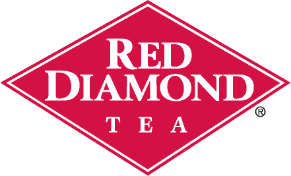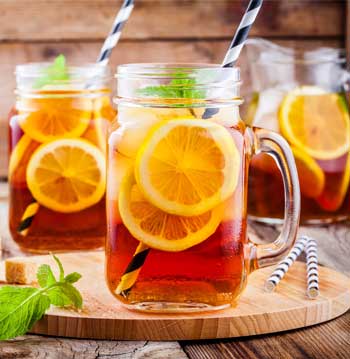Appeal to today’s increasing number of tea drinkers.
Today’s consumers are moving away from sodas and soft drinks to healthier beverage options. This has made operators ask, What now? Experts are predicting that because of the serious innovation in the tea category, the tea market will experience significant growth.1 Millennials appear to be leading the growth. In fact, 87% of millennials are tea drinkers.2 Consumers tell us that the health benefits of tea play an influential role in their choice of tea over other options. In fact, dieticians in particular foresee tea sales continuing their ascent in 2017 and beyond.3 In today’s food and beverage culture, it’s common for consumers, and especially millennials, to pay close attention to the ingredients and craftsmanship that goes into everything they consume. Today’s tea drinkers know a good thing when they see it. And taste it.
1. Beverage Daily, 2016
2. Tea Association of the U.S.A., Inc.
3. Beverage Daily, 2016
Tea is an area of opportunity for operators.
Compared with the national obsession with all-things-coffee, the tea category has received considerably less attention. In spite of its growth, it is less understood in today’s market, leaving a large unmet need to educate consumers about this popular beverage option.4 When compared with coffee, tea is arguably as interesting and complex in its sourcing, flavors, formats and health benefits. Operators who know more about tea and the art of tea can differentiate themselves by providing insights and expertise.
4. World of Tea, Jan. 2017
What makes for the perfect tea?
Where the tea leaf originates often affects the quality of the tea. The most delicate flavors can be found from teas produced on tea estates found in high-elevation growing areas.5 When it comes to the leaf, handpicked tea leaves are always preferable, though in today’s world, they are becoming less available. Tea leaves that are handpicked have a direct influence on the tea quality. Stem content also plays a key role in the overall flavor quality. Stems result in a slightly more sour taste, thinner body and less delicate flavor.6
5. ratetea.com
6. ratetea.com
A high-quality tea program is the key to success.
In today’s food and beverage culture, consumers are strongly invested in brands that show a commitment to how they’re sourced and how they’re blended. According to Bill Bowron, CEO of Red Diamond®, “A tea program of the highest quality will become increasingly important as consumers move to understand and study tea.” Companies who source only the finest teas from across the globe and who are committed to perfecting consistency, flavor and color will create every tea lover’s cup of tea. “At Red Diamond, we’ve built relationships with distinguished tea estates, and their owners, around the world,” says Bowron. “These relationships and the relationship we’ve built with our importer over four generations allow us to consistently source the finest teas from around the globe.” In fact, Red Diamond has become a standard in quality because of its lack of stem content and its century of sourcing and blending experience. To learn more about Red Diamond’s commitment to perfection and to helping operators build an even more successful beverage program, visit them here.







